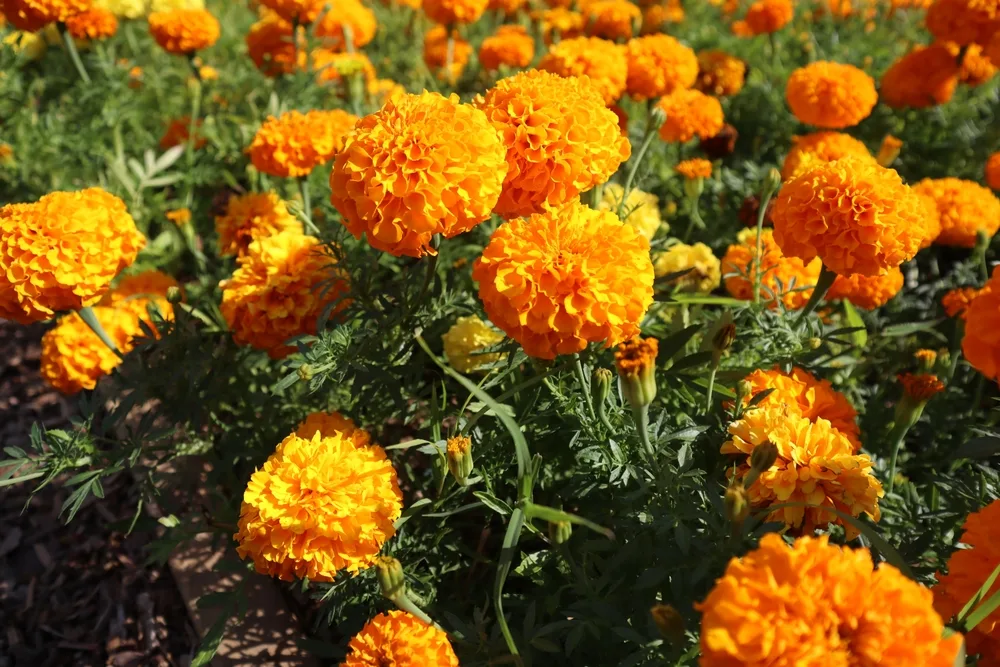The burst of color marigolds bring to gardens is simply unmatched. Growers cherish these blossoming plants, and there are several reasons behind their popularity.
Beyond their visual appeal, marigolds are resilient and can thrive in various environments. Moreover, they serve as natural repellents, keeping mosquitoes and nematodes at bay.
Ladybugs, hoverflies, and parasitic wasps are attracted to marigold blooms, enriching your garden with beneficial insects.
Gardeners diligently provide their marigolds with optimal soil, sunlight, and water. However, many overlook a crucial aspect of caring for these plants. Let’s explore a common oversight in marigold maintenance!
Are You Making This Common Mistake?

One thing you shouldn’t overlook with your marigolds is deadheading. This age-old gardening practice offers numerous benefits and is essential for preserving a plant’s vitality.
Even if you provide all the ideal conditions for your marigolds, they won’t flourish as they could without deadheading.
So, what are the benefits of deadheading marigold plants? The answer is straightforward.
As marigold blossoms begin to fade, the plant redirects its energy towards seed production. By removing spent marigold blossoms, you disrupt the plant’s natural cycle.
Instead of channeling energy into seed production, your marigolds will divert it towards producing new buds, resulting in more blossoms.
Another reason why deadheading is crucial for these plants is auxin regulation. The term “auxin” refers to plant hormones vital for growth.
Deadheading a marigold flower alters the auxin balance, disrupting the inhibitory effect on lateral buds and stimulating side shoot development and additional flower bud formation.
Lastly, deadheading marigolds maintains garden neatness. Considering aesthetics is a primary reason for growing marigolds.
Allowing them to go to seed can affect your outdoor space’s appearance. Removing spent marigold blooms ensures a tidy and polished landscape.
Moreover, this practice reduces the risk of garden diseases. Remember that dead plant material can create a conducive environment for pathogen development.
